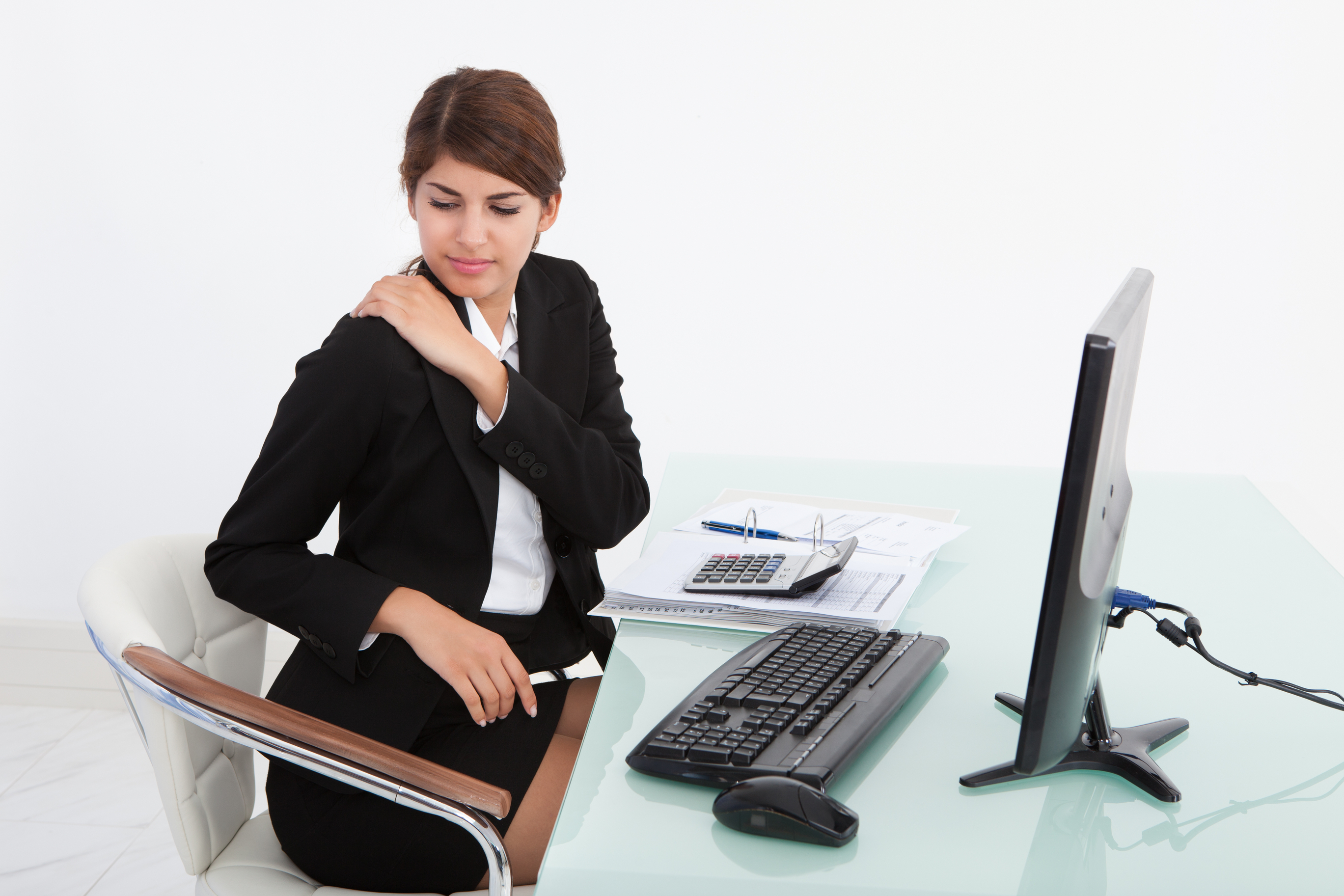The negative health effects of sitting for extended periods of time, coined as “sitting disease” has been a hot topic recently. Studies show that sitting for extended periods of time, as many of us do at work, while commuting, and even while watching television or reading, can lead to increased risk of heart disease, diabetes and a decreased lifespan. But while we need to work, commute, and enjoy our down time, how do we combat these negative effects? Here are our top 5 tips to conquer sitting disease:
1. Take Regular Breaks: Taking a regular break can help boost productivity, reduce stress and benefit your physical health. Once an hour make sure you stand up, walk around the office, stretch or do some simple exercises like squats or lunges.
2. Stand While You Work: Standing workstations are becoming an increasingly popular choice in offices across the globe. These workstations allow you to adjust your desk from sitting to standing so you can have both options during the day.
3. Switch Your Seat: If you must sit while working, think about changing your seating options! From exercise ball chairs to desks with pedals, there are many options to help you increase your health while sitting.
4. Perfect Your Posture: While you are seated ensure you are not slouching, leaning or bending over to access your workspace. Sitting up straight and ensuring proper posture will go a long way for your physical health!
5. Make it a Mobile Meeting: If you’re meeting with a colleague see if you can have your meeting on the go. Take a walk around the block while you discuss or walk to your favourite coffee shop where you can continue your discussions there.
Check out the web’s premier sitting disease prevention guide brought to you by Beyond the Office Door for more information and resources on the prevention of sitting disease.
Beyond The Office Door: The Web’s Premier Sitting Disease Prevention Guide

